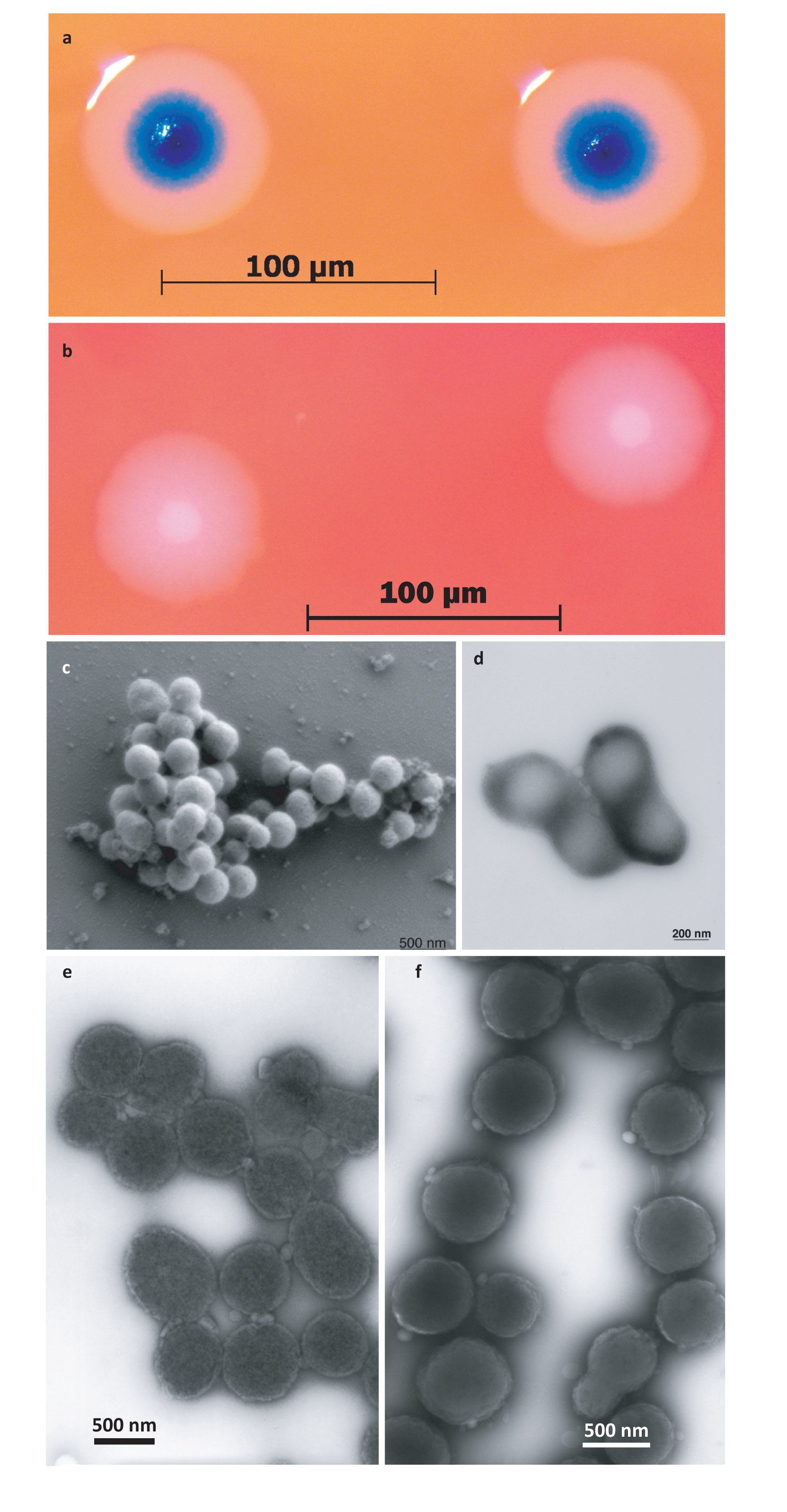Scientists have created the world's first synthetic genome and used it to successfully control a bacterial species.
Writing in Science, US genomic pioneer Craig Venter and his colleagues show how they have built a copy of a simple bacterial genome, from scratch, and then shuttled this into a host bacterium devoid of its own DNA. The recipient bacterial cell was successfully "booted up" with this new software and began to grow and divide.
The recipient bacterial cell was successfully "booted up" with this new software and began to grow and divide.
Although the genetic programme being run in these cells is a copy of one already found in nature in a different species of bug, what this research shows, for the first time, is that it is feasible to construct a genome synthetically from bottles of chemicals and then insert this into a recipient cell, which then obeys the instructions within the inserted DNA and grows accordingly.
This is arguably a giant biological step forwards towards the ultimate goal of developing bespoke lifeforms with enhanced synthetic capabilities such as turning low grade rubbish into fuels, capturing sunlight to drive the production of hydrogen, capture carbon dioxide to produce hydrocarbon supplies for refineries or even generate vaccines and clean water with high efficiency.
According to Craig Venter, "this is the first synthetic cell that's been made, and we call it synthetic because the cell is totall derived from a synthetic chromosome, made with four bottles of chemicalson a chemical synthesiser, starting with information in a computer."
- Previous New kind of stellar death
- Next Battle of the Bugs










Comments
Add a comment